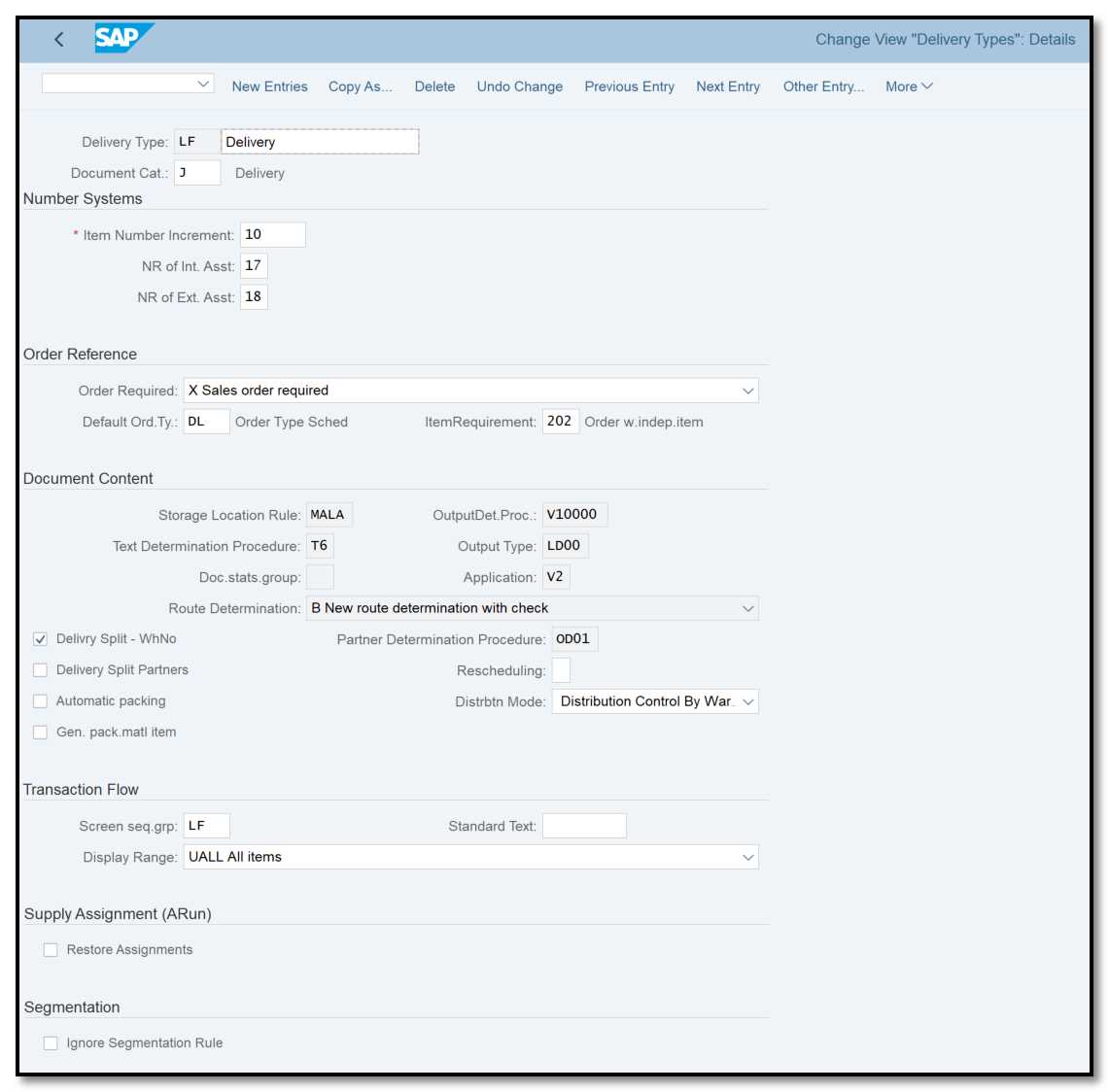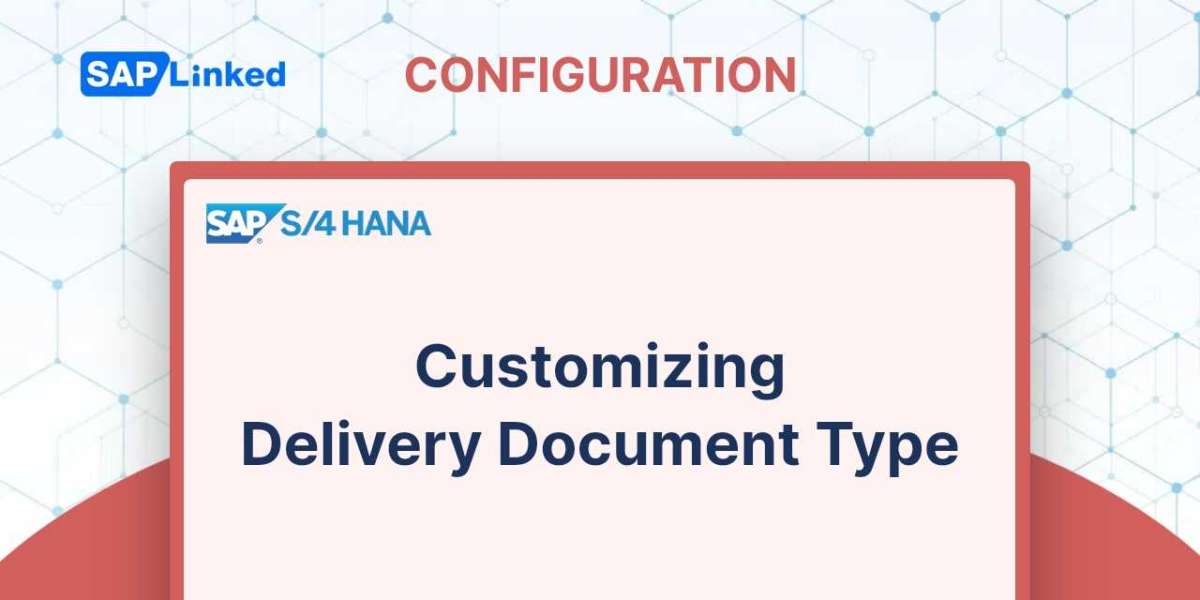The essential options needed to configure a delivery document and manage data flow will be discussed next.
The menu path to configure delivery types is:
IMG ➢ Logistics Execution ➢ Shipping ➢ Deliveries ➢ Define Delivery Type (0VLK).
You have the option to copy from an existing record or create a new delivery type. You can use the SAP standard delivery type LF as a reference.
The delivery types setting screen is depicted in Figure 1. We'll talk over a few of the key options on this screen.
Document Category The system uses the Document Category area at the top of the screen to categorize different documents (such as sales documents, deliveries, billing documents, and so on). This category falls under normal delivery and is J.
Number Systems tab Here, a delivery document's internal or external number range can be assigned.
NR Int. Assgt Give this field the internal number range. When a new delivery is saved, the system gives it the next available number, if it has an internal number.
No. Range Ext In this box, enter an external number range. The user may enter a number from the defined number range for external number ranges. You can specify the number range intervals for delivery in a separate transaction, just like you can with number ranges for sales documents.
ItemNoIncrement The interval between succeeding items in the delivery is specified in this parameter.
Order Reference tab The following fields are crucial ones on this tab:
Order Required field The document type to be utilized as a reference for creating this delivery is specified in the Order Required column. You would specify X in the case of a regular SAP delivery LF (Sales Order Required). Others, like NLCC (a cross-company replenishment delivery), are made in reference to a purchase order, nevertheless. The result is B. (Purchase Order Required). There are some deliveries that are manufactured entirely from scratch. Document type LO is one illustration. This time, the field is empty (meaning no preceding document is required).
Default Ord. Ty. Here, indicate the default order type. You must define a "pseudo" order type, a reference order type that is necessary from the perspective of internal control, if a delivery is to be generated without reference. For instance, the default order type for delivery types LO and DL is DL. Like other sales documents, this order type can be adjusted.
ItemRequirement This clause allows a requirement routine for delivery goods to be included without reference of a sales document.

Figure 1 Setting up a delivery type
In this transaction, it is not possible to edit the majority of the fields on the Document Content tab. They are only visible here in display mode.



